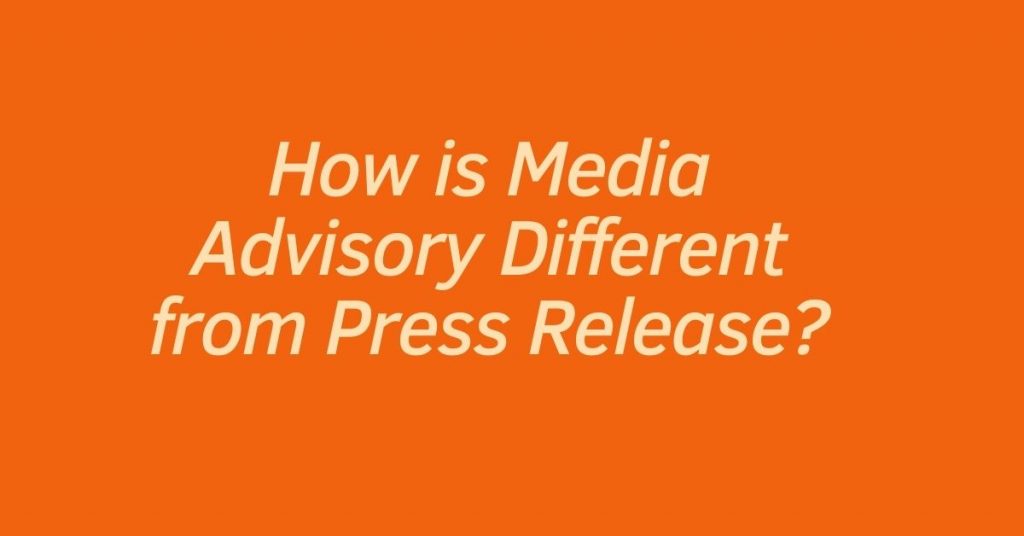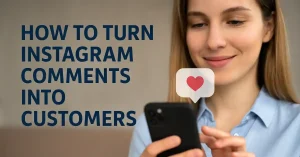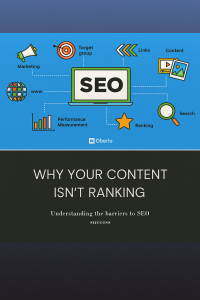The public relations and marketing department is responsible for creating an organization’s image in front of the world. To accomplish that, they post content in different forms. Press Releases and Media advisories are some of the common ones. Incorporating these in your marketing and PR plan can provide many opportunities. However, knowing the difference between media advisory and press releases is important before utilizing them in any strategy. This blog aims to differentiate between these two kinds of content and understand why they must be written.
Press Release
The purpose of writing a press release is to deliver news about an organization to a group of relevant journalists. Press releases are more like articles. They include images, quotes, and different facts in their text to increase the knowledge of their audience related to a service or product offered by their organization. Writing a press release aims to get your story picked up by media outlets. Preferably, a press release should remain between 400 to 600 words (from 1 to 2 pages). They are written in the pyramid style, which means that the most critical information is present at the top, i.e., headline and first paragraph, while the rest of the content is situated towards the end.
Press releases are distributed to hundreds of channels over the internet and physically distributed to newsrooms. In some cases, if it is a high-level organization, press releases are also sent to national news platforms. There is no time limit for sending the press release beforehand (unless and until it is bound to an event timeframe). There are preferred days for sending out a press release, which increases the chances of getting a press release picked up by the journalists, but there are no hard and fast rules.
Media Advisory
The purpose of writing a media advisory is to give an invite or make an announcement related to an event for journalists and other media personalities.
Even though the content crux of a media advisory is not very different from press releases, they perform various roles. It is preferable to send a media advisory to the local media personalities. This is because journalists from far-flung places will prefer not to travel to cover an event of a small organization.
It is essential to send out a media advisory before 4 to 5 days. Even though local journalists will join and cover your event, they may have better things to do. By sending out a media advisory beforehand, they can include attending your event in their day planner.
Don’t forget: media advisory is an invitation for journalists. This means there is no need to add extensive details about the event or organization. The content should be precise and to the point. Answer the 5 W’s (why, what, when, who, and where). The length of the media advisory content can be from anywhere between 100 to 300. Too many details in a media advisory are off-putting and are ignored by journalists.
Conclusion
Media advisory and press releases are essential marketing and PR department tools. Although they have different purposes, their ultimate aim is the same: to generate awareness and increase journalist attention. Understanding their differences is vital before actually working on either one.





